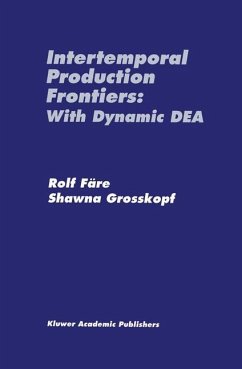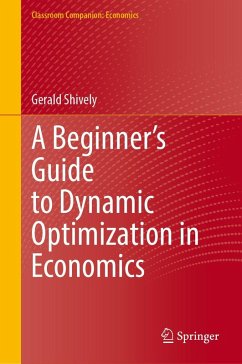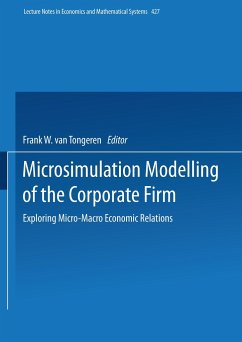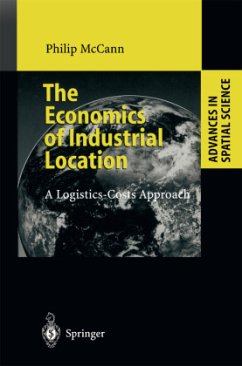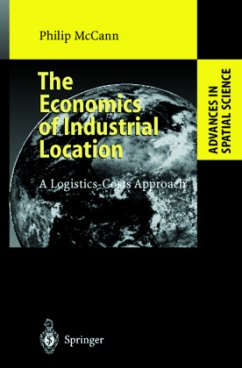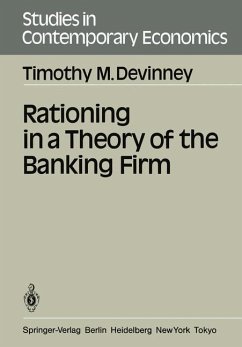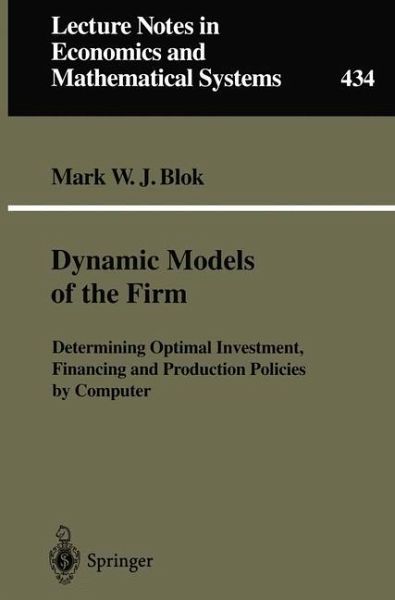
Dynamic Models of the Firm
Determining Optimal Investment, Financing and Production Policies by Computer

PAYBACK Punkte
20 °P sammeln!
The research described in this book contributes to the scientific field of optimal control theory applied to dynamic models of the firm. In 1963, Jorgenson first wrote about the use of optimal control theory in order to analyze the dynamic investment behaviour of a hypothetical firm. A decade later, reports appeared of work on more realistic models of the firm carried out by, amongst others, Lesourne [1973) and Bensoussan et al. [1974). In The Netherlands, P. A. Verheyen, Professor of Management Science at Tilburg University, further instigated studies in this field which led to several public...
The research described in this book contributes to the scientific field of optimal control theory applied to dynamic models of the firm. In 1963, Jorgenson first wrote about the use of optimal control theory in order to analyze the dynamic investment behaviour of a hypothetical firm. A decade later, reports appeared of work on more realistic models of the firm carried out by, amongst others, Lesourne [1973) and Bensoussan et al. [1974). In The Netherlands, P. A. Verheyen, Professor of Management Science at Tilburg University, further instigated studies in this field which led to several publications, for example: Van Loon [1983], Van Schijndel [1988), Kort [1989]' Van Hilten [1991) and Van Hilten et al. [1993). Their investigations are char acterized by an analytical approach to optimization problems (The Maximum Principle of Pontryagin combined with the path coupling procedure of Van Loon). Inherent to this approach, a good economic interpretation of solutions is obtained; however, analytical solving becomes practically unfeasible when simulation models become more complex, e. g. by stronger non-linearity, explic itly time-dependent functions and larger numbers of state variables, control variables and subsidiary conditions. For example, the path coupling procedure is complicated for optimization problems where discontinuities in the costate variables occur. At Eindhoven University of Technology, P. M. E. M.






